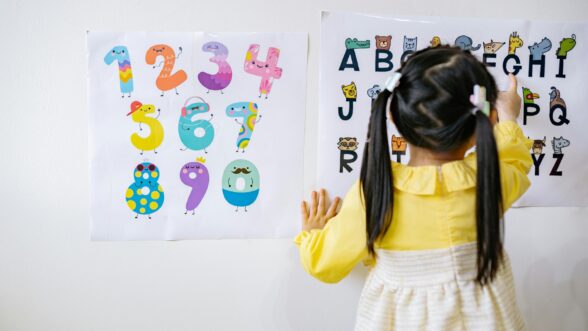
Education, Parenting Resources
Education
18 June, 2025

What is a sensory board or a busy board?
A sensory board or busy board is a collection of items grouped together on a board for children to explore safely in one place. When you make a DIY busy board, you can tailor it to include whatever you choose, perhaps some of the knobs, latches, handles, zippers and buttons your child currently likes to explore.
What are the benefits of sensory boards and busy boards for toddlers?
While it may look like children are just playing – and honestly it may drive you crazy when they repeatedly open the cupboards or press all the buttons on your TV remote – they’re actually developing their cognitive skills; thinking and learning about the world around them and exploring how things work. A sensory board encourages children’s natural curiosity and invites them to investigate and develop their problem-solving skills as they see how to turn a handle to open a door or undo a buckle. A homemade DIY sensory board gives children the opportunity to develop their fine motor skills, hand-eye coordination and bilateral skills; the ability to use both sides of their body in a coordinated way.
How to make a busy board or sensory board at home:
A DIY sensory board is a simple project you can make at home.
Materials:
Method:
Sensory Play at Edge Early Learning
Our educators recognise the importance of sensory learning and incorporate opportunities for sensory play in our programs. You can read more on our blog about the benefits of sensory play and everyday items for sensory play at home.